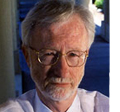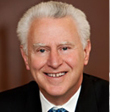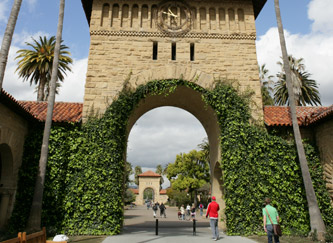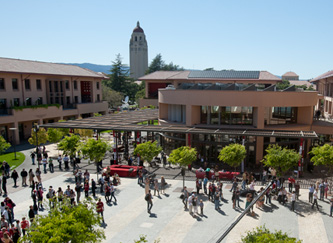Using Culture for Competitive (Dis)Advantage
Why do industry leaders often lose their innovative edge, and how can they retain it? The purpose of this session is to explore how managers can balance the tension between the short and long term, with particular attention to the use of culture in their organizations as a potential for enhancing innovation.
The Politics of Leading Change
Change, almost by definition, requires alterations in structures, processes, and activities that some will perceive as gains and others as losses—in influence, status, and so forth. Therefore, to accomplish change, leaders must become skilled at diagnosing situations and building bases of power and influence skills. This session provides an overview of this vital activity.
Business Challenge Work Groups
Prior to the program, participants are asked to provide a brief description of a specific innovation or change challenge that their teams are facing. During the program, small work groups will be organized by a faculty facilitator who will work with the group to address participants' actual challenges and craft solutions.
Other Selected Sessions
- Design Thinking
- Strategy in a Dynamic Context
- Organizational Diagnosis and Managerial Problem Solving
- Managing the Dynamics of Organizational Evolution and Change
- Organizational Learning
- Building an Ambidextrous Organization
- Implementing Strategy and Managing Large Scale Organizational Change
- Executive Leadership and Managing Change








